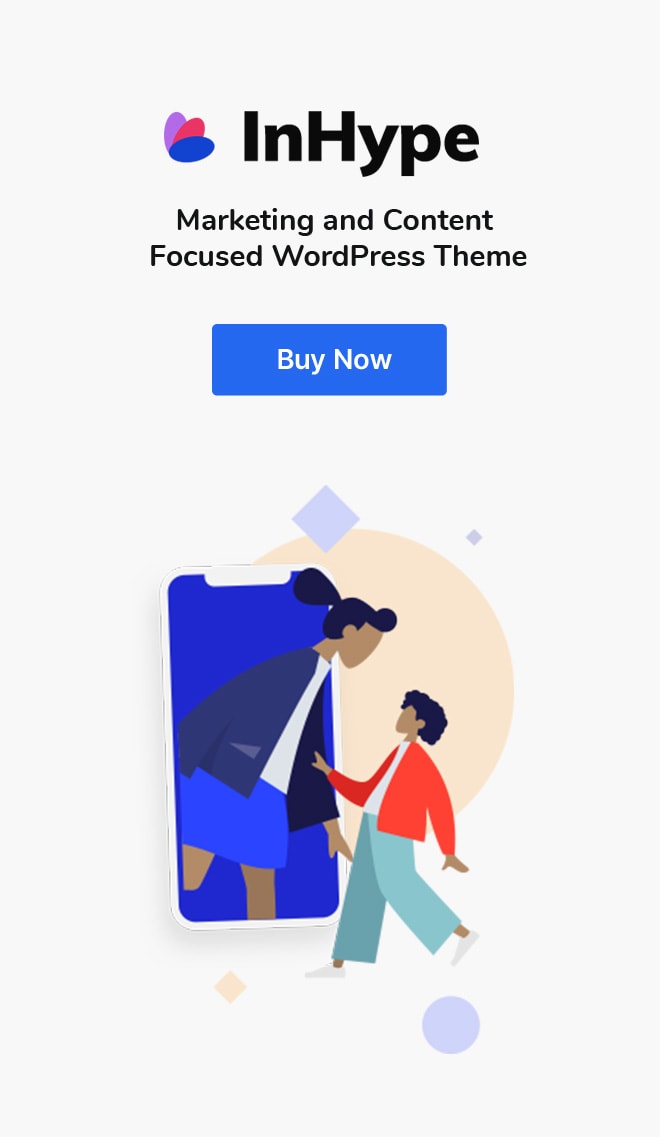
What AI Search Actually Does Differently
Traditional engines index pages and rank them. AI systems read, summarize, and reason across them.
- Conversational queries turn into step-by-step answers
- Follow-ups refine results without starting over
- Source snippets arrive in context so you can verify quickly
- Multi-step tasks get scaffolded into checklists, drafts, or comparisons
Result: Less tab-hopping, more decision-making.
The Big Three at a Glance
Here is the practical, no-fluff view of where each tool shines.
ChatGPT (With Browsing)
- Strong at explanations and “teach me” style prompts
- Good for first drafts, outlines, emails, and code snippets with citations when browsing is on
- Useful when you want depth and structured reasoning, then a clean summary
Perplexity
- Built like a search engine with aggressive citation first
- Great for rapid fact-finding, stats, and recent coverage
- Handy when you need short, sourced answers and quick link trails
Gemini
- Tight Google ecosystem integration (Docs, Sheets, Drive)
- Solid for document Q&A and workflow hand-offs inside Google tools
- Helpful when your work already lives in that stack and you want less copy-paste
Use any of them alone for speed. Use two in parallel when accuracy matters and you want a cross-check.
A Simple Framework to Get Reliable Answers
If your team plans to lean on AI search, run this quick process.
1) Write the Question Like a Brief → What do you need, for whom, and by when? Add constraints: Region, industry, date ranges.
2) Ask Two Engines → Run the same query in Perplexity and ChatGPT with browsing. Compare sources and overlap.
3) Force Citations → Ask: “List every claim with a source.” Then open three links, not thirty.
4) Probe the Edge Cases → “What would change this recommendation?” → “What do experts disagree on?” This surfaces risk and alternatives.
When to Use Which Tool
Pick based on the job, not brand preference.
- Explaining a Complex Topic to a Non-Expert: ChatGPT with browsing
- Quick Market Stat With Links: Perplexity
- Pulling Insights From Your Drive Folder: Gemini
- Drafting a Plan With Sources at the Bottom: ChatGPT, then cross-check in Perplexity
- Competitive Snapshot With Source Trail: Perplexity first, ChatGPT to synthesize
The Bottom Line
AI search is moving discovery from “find ten links” to “make one decision.” Use ChatGPT for depth, Perplexity for speed and citations, and Gemini for Google-native workflows. Set a lightweight process, demand sources, and cross-check the critical bits. Do that, and search stops being a chore and starts being a force multiplier.


